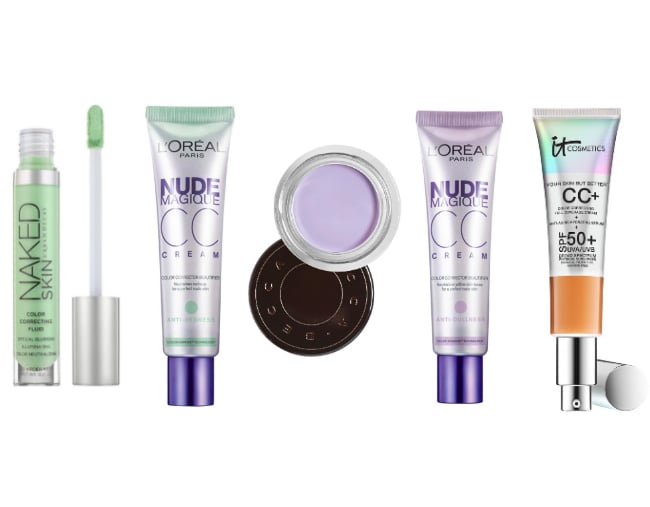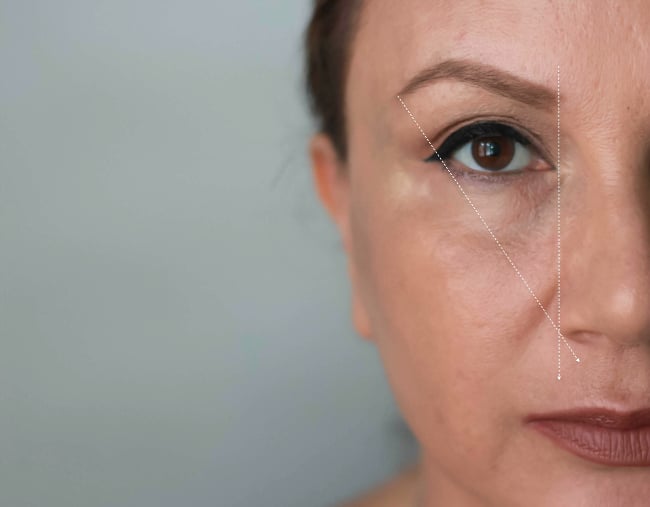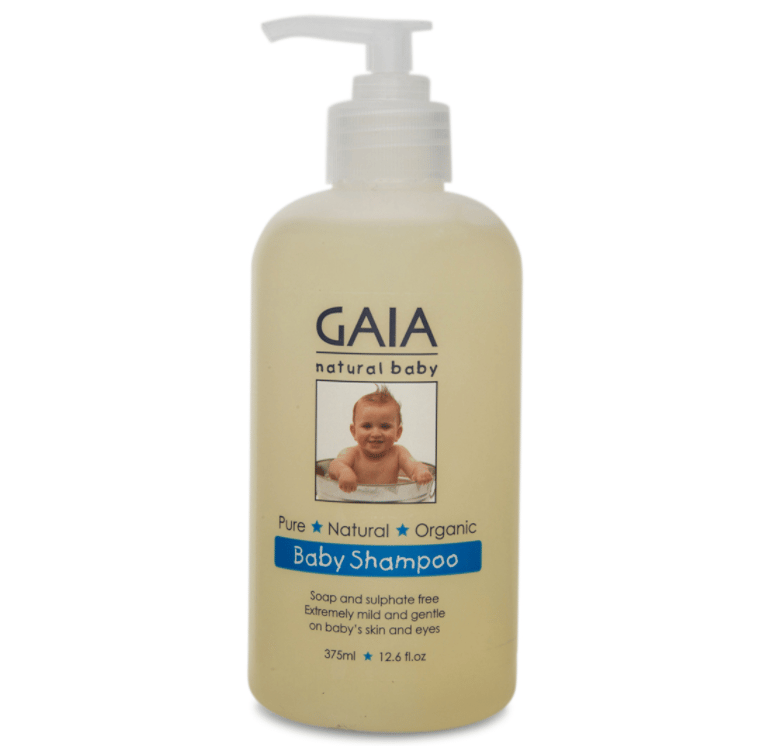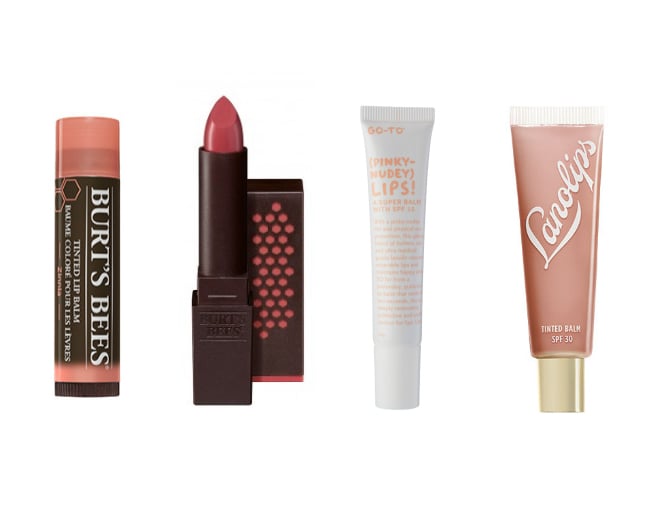It’s impossible to know what cancer really feels like until you’re going through it yourself.
You might feel trapped in a body that’s changing on you. There might be dry skin where there wasn’t before, spots, marks or unfamiliar colours on your skin where there weren’t before, and just skin where once there was hair.
You might also feel alone, like none of your loved ones quite ‘get’ what it feels like when you don’t look like you anymore. I can’t imagine what that must feel like. But I know there are women out there who do know exactly how it feels because they’ve been there and sat in the uncomfortable chair you’re sitting in now.
I asked them for the practical, useful makeup, skincare and hair care tips and products that helped them to regain a small part of control back over their bodies during their cancer treatment, and to feel good about facing their treatment with self-confidence.
Here’s what worked for them. It might be helpful for you, or start you on the path to finding what is.




